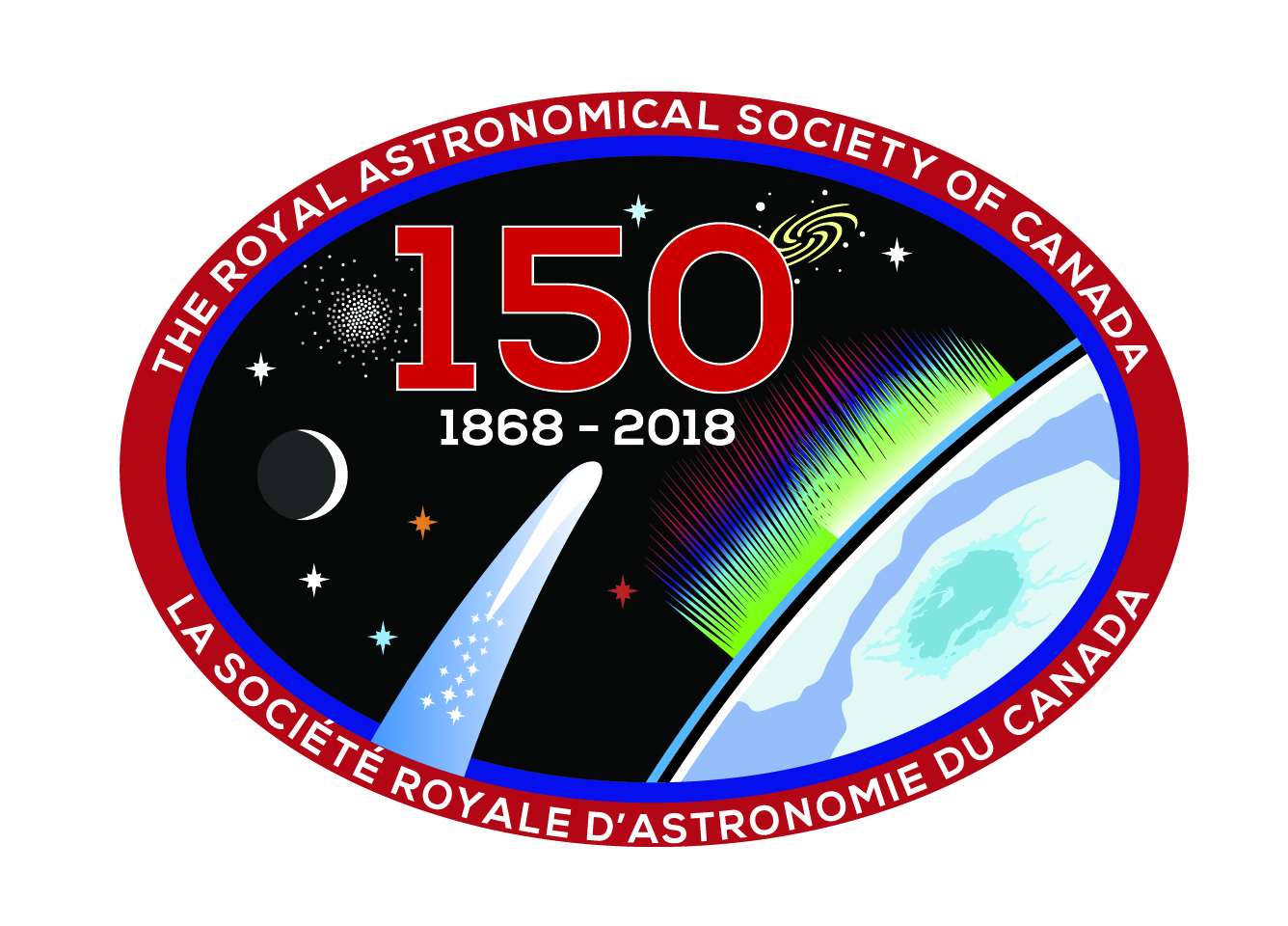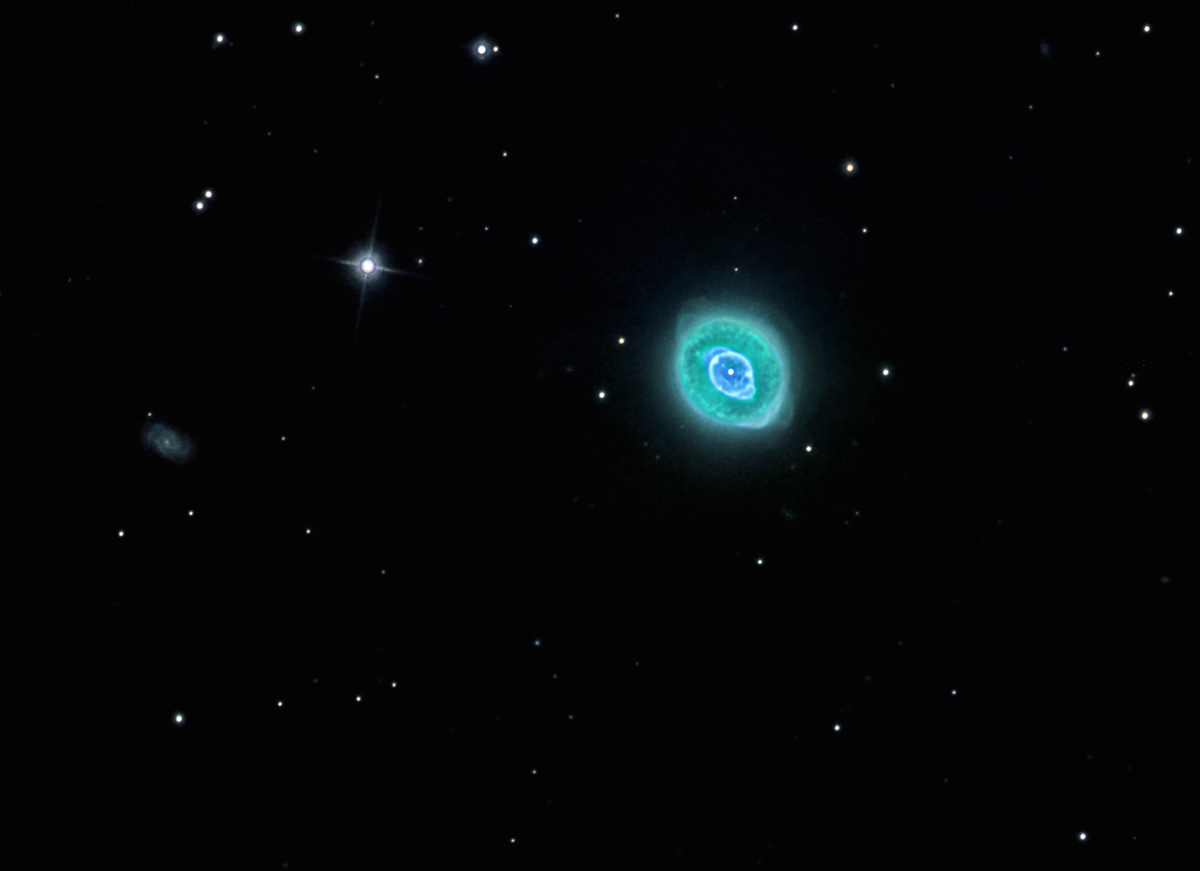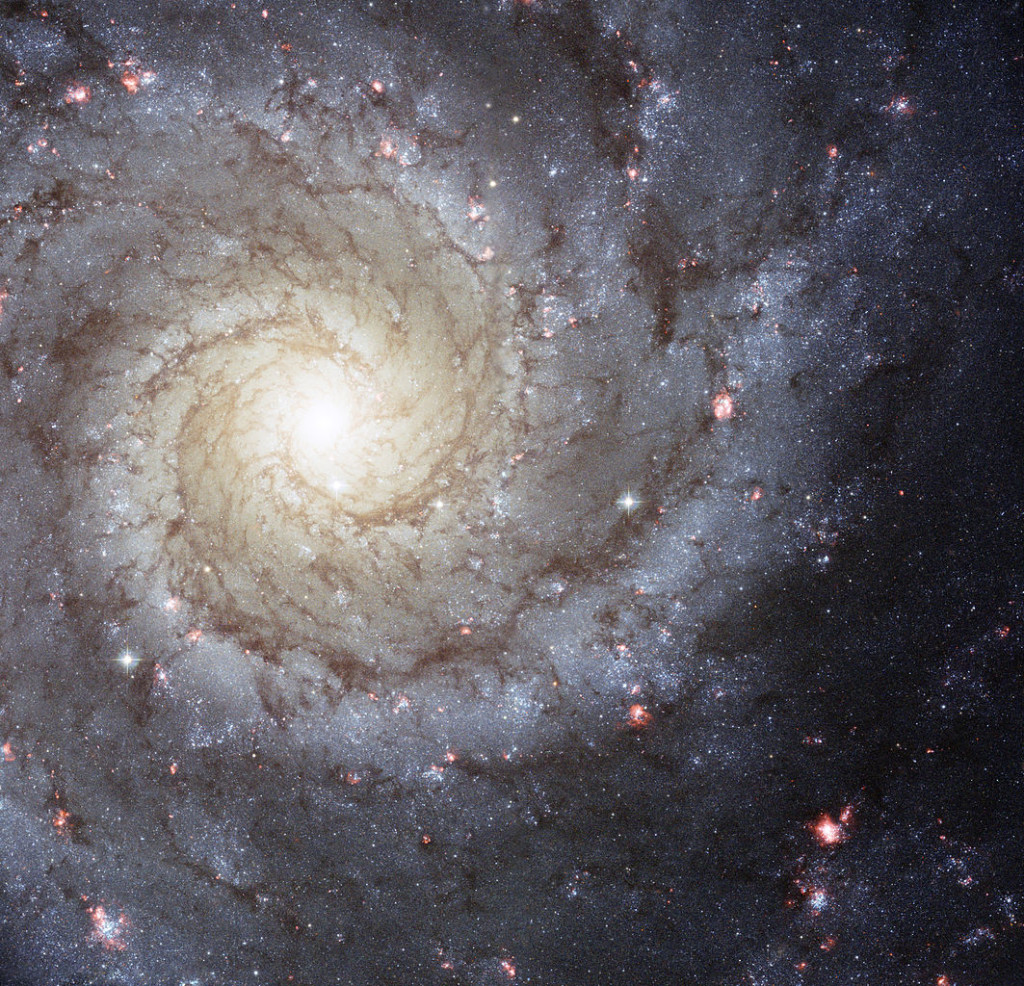RASC’s Scott McGillivray talks with Lynn Colliar about this week’s lunar eclipse, the Sapphire Space Telescope, and discoveries from the Messenger mission to Mercury.

RASC’s Scott McGillivray talks with Lynn Colliar about this week’s lunar eclipse, the Sapphire Space Telescope, and discoveries from the Messenger mission to Mercury.
Despite the rainy weather forecast for the weekend
You can take in an indoor astronomy event this weekend such as
Our NOVA Newsletter, for Jan-Feb 2018 is available as a hi-res or low-res pdf file. An archive of older issues can be found on our Newsletter page.
Contents of Volume 2018, Issue 1, January-February-2018:
Paul Sykes Lecture – Ice on Mercury featuring Dr. Nancy Chabot – Sat, Jan 27 @ 7:30pm at SFU
President’s Message by Leigh Cummings
How to View Iridium Flares in the Telescope Eyepiece by Robert Conrad
RASC – Celebrating 150 Years by Suzanna Nagy
Photographing an Iridium Flare by Elena Popovici
2018 marks the 150th year since the Society’s inception. RASC national is planning a number of activities and events to celebrate.
 The celebration begins on January 27h, 2018 with a cross-country Star Party that combines solar and lunar observing with local Centre events from the Atlantic coast to the Pacific and reaching northwards to encompass many of our Centres.
The celebration begins on January 27h, 2018 with a cross-country Star Party that combines solar and lunar observing with local Centre events from the Atlantic coast to the Pacific and reaching northwards to encompass many of our Centres.
The activities of each Centre’s Star Party as well as messages from astronomical and civilian luminaries will be streamed for public viewing at https://www.youtube.com/watch?v=uN7IKkRwBK0 on January 27th, 2018 from approximately 10:00 am to 5:00 PST.
Later that evening, RASC Vancouver is hosting our annual Paul Sykes Memorial Lecture at the SFU Burnaby campus. Nancy Chabot, a planetary scientist at Johns Hopkins University, will be speaking on the topic of Ice On Mercury. The lecture is free and open to the public and more details can be found on our meetup post.
Saturday, January 27, 2018 7:30 PM to 9:30 PM
Room: SWH10081,Saywell Hall, adjacent to the Atrium
Simon Fraser University, Burnaby Campus
Even though Mercury is the planet closest to the Sun, there are places at its poles that never receive sunlight and are very cold – cold enough to hold water ice! In this presentation, I’ll show the multiple lines of evidence that regions near Mercury’s poles hold water ice – from the first discovery by Earth-based radar observations to multiple data sets from NASA’s MESSENGER spacecraft, the first spacecraft ever to orbit the planet Mercury. These combined results suggest that Mercury’s polar ice deposits are substantial, perhaps comparable to the amount of water in Lake Ontario! Where did the ice come from and how did it get there? I’ll discuss these questions and others during this presentation of water ice on our Solar System’s innermost planet.
Our Observing Chair, Robert Conrad, is teaching an observational astronomy course every Saturday from January 6th to February 17th (except February 10th due to the long weekend). It’s offered through the continuing education department at SFU at the downtown campus and has a fee. The course starts at 10:30am and finishes at 12:30pm. It’s called “The Night Sky in your computer” and uses various simulation tools and apps to enhance your observing experience. As part of the course, you will gain access to many quick references and guides to enhance your observing experience.
The course description from SFU has more information.
Week 1: Setting Up and Customizing Stellarium
Week 2: Locating Deep-Sky-Object Treasures Using Stellarium
Week 3: Complementary Software to Stellarium
Week 4: Mobile Apps for Astronomy
Week 5: Starhopping and Telescope Basics
Week 6: Observation Resources and Putting Together an Observation Session Plan
Scott McGillivray covers binoculars, CHIME, and dark energy on the latest Space Talk.
Pascal Pillot-Bruhat, our light pollution chair, was interviewed for the article “Let’s not starve for starlight” in the Squamish Chief. The article notes that Squamish is taking steps to address light pollution:
The District of Squamish’s new Official Community Plan includes the recommendation that exterior lights should emit the minimum amount of light necessary. Outside lighting should be directed or shielded to illuminate the ground only and to prevent light pollution from encroaching onto adjacent properties, residential areas and environmentally sensitive areas

Our NOVA Newsletter, for Nov-Dec 2017 is available as a hi-res or low-res pdf file. An archive of older issues can be found on our Newsletter page.
Contents of Volume 2017, Issue 6, November-December-2017:
In preparation for Halloween, the RASC Vancouver observing group took at look at Mirach’s Ghost from the Trottier Observatory last Saturday night (Oct 28th, 2017).

Mirach’s Ghost is a faint galaxy that appears close to the bright star Mirach in Andromedae. It is not particularly scary or spectacular but the universe offers up some additional Halloween themed images and sounds.

This ghostly image shows the disembodied remains of a dying star, called a planetary nebula. Planetary nebulas are sun-like stars that are in a late-stage of their life when their outer layers have sloughed off and are lit up by ultraviolet light from the central star. The Ghost of Jupiter is located approximately 1,400 light-years away in the constellation Hydra.

The Saturn nebula is a planetary nebula located in the constellation of Aquarius. Its name derives from its shape, which resembles everyone’s favourite ringed planet seen edge-on.

The Owl Nebula is a planetary nebula located near the bottom of the Big Dipper’s bowl. It is one of the fainter objects in the Messier Catalog.

Messier 74 (M74) is a grand design spiral galaxy located in the constellation Pisces. It has a diameter of 95,000 light years, almost the same size as the Milky Way. The galaxy is home to about 100 billion stars.

NGC 891 is an edge-on spiral galaxy located about 3.5o east of the double-star Almaak in Andromeda. The Hubble Space Telescope has rendered stunning detailed views of this system with its intricate dark dust lanes across its centre. The name “Outer Limits” galaxy came about because the galaxy was featured in the credits of an early incarnation of the famous “Outer Limits” TV series.

Also known as the Veil Nebula, the Witch’s Broom is a faint supernova remnant located in the constellation Cygnus. The Witch’s Broom actually spans about 35 light-years. The bright star in the frame is 52 Cygni, visible with the unaided eye from a dark location but unrelated to the ancient supernova remnant.
NASA has put together a compilation of elusive “sounds” of howling planets and whistling helium that is sure to make your skin crawl
The Earth, in its speedy inner orbit, swung between the Sun and Uranus last week. On Oct 19, 2017 Uranus reached opposition which implies that we are about as close to Uranus as we get and so it appears somewhat larger and brighter. It is a good time to get a glimpse of Uranus, especially with the weather forecast calling for a few nights with clear skies.

Uranus’ current location is in the constellation Pisces and is positioned due south around midnight PDT. Uranus is dim with a magnitude of 5.7 and is barely visible with naked eyes and then only from a very dark site. It is visible with binoculars or small telescope but appears small with an apparent diameter of just 4.1 arc-seconds. At higher magnifications, you might notice its disc-shape and its blue-green tint. Don’t expect to see surface features on the ice giant;. Even giant professional telescopes can barely do that.
William Herschel discovered Uranus in England on the night of March 13, 1781. At first Herschel thought it was a comet, but it was confirmed as a planet several years later. Herschel tried to have his discovery named “Georgia Sidus” after King George III. Astronomer Johann Bode suggested naming it after the Greek deity Ouranos.
Uranus is much closer to the Sun than Neptune but the minimum temperature on Uranus (-224 degrees C) is colder than Neptune, making Uranus the coldest planet in the solar system.
Uranus has 27 known moons to date, five of which can be observed from earth. Only, the four largest are visible in amateur instruments. Ariel, Umbreil, Titania, and Oberson are all dimmer than 14th magnitude but may be visible in telescopes larger than 10 inches. The moons of Uranus are named after characters in the the works of Shakespeare and Alexander Pope.

Uranus nearly lies on its side with a tilt of about 98 degrees. Uranus completes a single rotation on its axis in about 17 hours. But the tilt of Uranus is so pronounced that one pole or the other is usually pointed towards the Sun. If you could stand on the north pole of Uranus at the start of its summer, you would see the Sun rise in the sky and circle around for 42 years (1/2 of a Uranian year). Then the Sun would finally dip down below the horizon and be followed by 42 years of winter darkness.
Uranus’ density is low at just 1.27 g/cm3 – the second-lowest density of any planet in the Solar System after Saturn. Despite the fact that Uranus is 14.5 times as massive as the Earth, its significantly lower density means that you would only experience about 89% the force of Earth’s surface gravity, assuming you could stand on Uranus’ cloud tops.
Only the Voyager 2 spacecraft has made a close approach to Uranus. On January 24th, 1986, it passed within 81,000 km of the cloud tops of Uranus and took thousands of photographs of the gas/ice giant and its moons before heading off towards Neptune. The possibility of sending the Cassini spacecraft from Saturn to Uranus was evaluated during a mission extension planning phase in 2009 but never came to fruition, as it would have taken about twenty years for Cassini to get to Uranus from Saturn.
Uranium was discovered in 1789, just eight years after Uranus’ discovery, by the German chemist Martin Heinrich Klaproth. Klaproth chose to name the new element in honour of the newly discovered planet.
Uranus has dark coloured rings. The rings are thought to made up of particles ranging in size from 0.2 to 20 meters that contain a mixture of ices, dust, and debris. Their discovery in 1977 was serendipitous. Astronomers James L. Elliot, Edward W. Dunham, and Jessica Mink planned to use the occultation of the star SAO 158687 by Uranus to study the planet’s atmosphere. However, when their observations were analyzed, they found that the star disappeared briefly from view five times both before and after it was eclipsed by the planet. They deduced that a system of narrow rings was present.